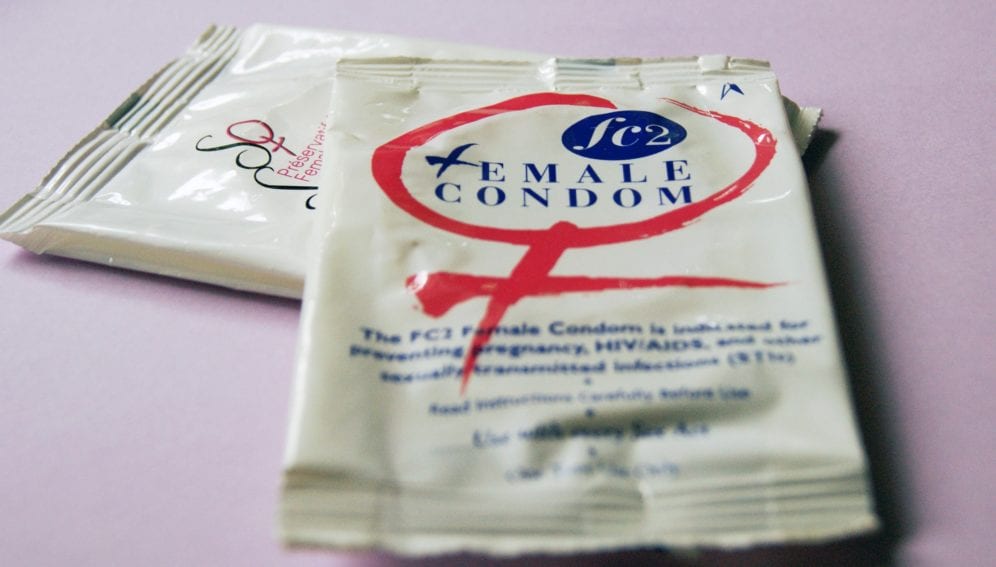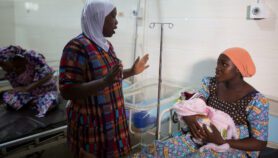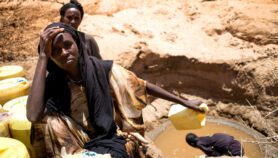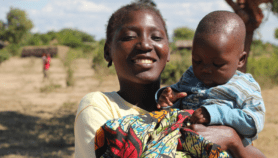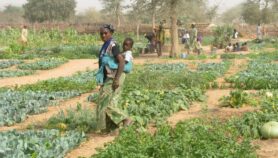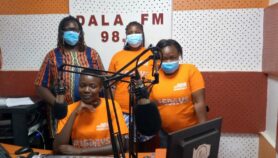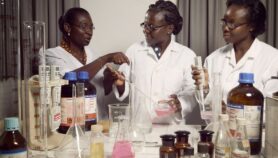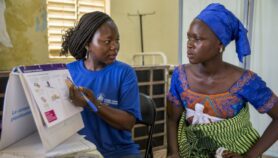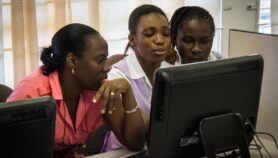By: Laura Owings
Send to a friend
The details you provide on this page will not be used to send unsolicited email, and will not be sold to a 3rd party. See privacy policy.
[CAPE TOWN] The low uptake of female condom use in South Africa is due to the reluctance of healthcare workers to endorse it for preventing unwanted pregnancy and sexually transmitted infections, a study says.
The female condom can gain more prominence when healthcare workers overcome the reluctance to endorse use. Raising awareness to build demand is also paramount, the study, conducted in South Africa suggests.
Female condom is a soft plastic material used as a barrier – inserted into the vagina – to prevent bodily fluids and semen from entering the body.
South Africa has the largest HIV epidemic in the world, with 7.2 million people living with HIV, according to the United Nations Programme on HIV and AIDS, UNAIDS.
“Our results showed that most people across the country had heard of female condoms, and one-third to half had been offered one.”
Mags Beksinska, MatCH Research Unit
Published in the journal PLOS ONE this month (13 August), the study is the first comprehensive evaluation of the Female Condom Introduction Programme since its launch by the South African government in 1998.
“By 2014, female condoms were made available at all public healthcare facilities in the country, so we wanted to carry out a comprehensive evaluation of the programme including the perspectives of providers and clients,” says Mags Beksinska, lead author of the study and deputy executive director of the MatCH Research Unit at the University of the Witwatersrand in South Africa.
The work included site assessments and provider interviews at 256 pubic-sector and 28 non-public facilities nationwide, ranging from healthcare clinics to non-governmental organisations, retail shops and garages. The results showed that all facilities participated in condom distribution, with half having done so for more than five years.
Over 4,000 client surveys were also conducted, revealing 15.4 per cent of women and 15.2 per cent of men had ever used female condoms.
“That is promising first-time use data. Our results showed that most people across the country had heard of female condoms, and one-third to half had been offered one, which is really good,” adds Beksinska, who is also a research professor with the Department of Obstetrics and Gynaecology, University of the Witwatersrand.
With 75 per cent of female condom providers being nurses, almost all of whom were women, the study identifies them as the key agents of the programme.
“Healthcare providers are very much the gatekeepers as they often have more time to spend with clients in order to introduce them to the female condom and train them in how to use it,” says Beksinska. “In South Africa, where there is such a high HIV and other sexually transmitted infections problem, it’s really important that clients know about their options and understand how they work.”
One-on-one introduction to the female condom may help overcome stigmatisation, says Magdelena Petkova, a lecturer in the Department of Family Medicine at the University of the Witwatersrand, who was not involved in the study.
“If healthcare workers and nurses promote it, it will be done in a supportive environment rather than by picking one up by the entrance to the clinic where one can be seen and stigmatised,” she says.
Petkova says similar research she co-authored in 2018 showed that only about59 per cent reported willingness to promote the female condom.
“This may be due to the nurse’s workload where, especially if they’re working in a provincial government clinic, there is less time to pay attention to and promote female condoms,” Petkova tells SciDev.Net.
Marion Stevens, director of the South Africa-based Sexual and Reproductive Justice Coalition, who was not involved in the study, suggests a need to focus on communication and awareness on the female condom use instead of totally depending on healthcare providers.
“Imagine if we had people like the president speaking about female condoms in parliament,” she says. “What would that mean for the lives of women who need to negotiate safe sex and be protected from HIV and unsupported pregnancy?”
This piece was produced by SciDev.Net’s Sub-Saharan Africa English desk.
References
Mags Beksinska and others Lessons from the evaluation of the South African National Female Condom Programme (PLOS ONE, 13 August 2020).


